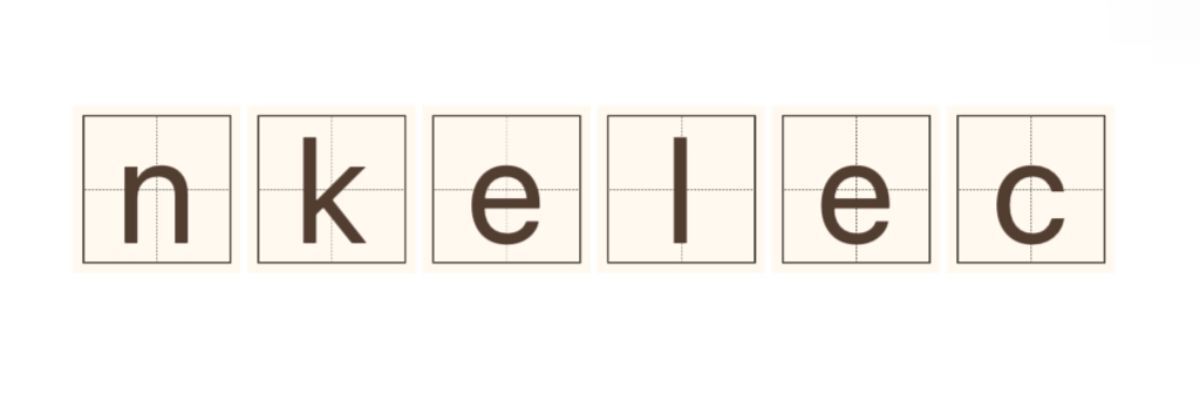Asynchronous Electric Motors vs. Synchronous: Key Differences Explained
Aug. 19, 2025
When it comes to selecting the right motor for a specific application, understanding the differences between asynchronous and synchronous electric motors is crucial.
If you want to learn more, please visit our website Electric Motors Asynchronous A4.
What Are Electric Motors?
Electric motors are devices that convert electrical energy into mechanical energy. They are widely used in various applications, from household appliances to industrial machines. There are mainly two types of electric motors: asynchronous and synchronous. Each type has its unique features and advantages.
What is the definition of asynchronous and synchronous electric motors?
- Asynchronous Electric Motors: These motors operate at a speed that is not synchronized with the frequency of the supply current. They are commonly used for most industrial applications due to their simplicity and durability.
- Synchronous Electric Motors: These motors operate at a speed that is directly proportional to the frequency of the power supply. This means that the motor's rotation speed and the supply frequency are synchronized, making them ideal for applications where precise speed is required.
What are the key differences between asynchronous and synchronous electric motors?
- Speed: The primary difference is in speed. - Asynchronous motors run at a speed less than that of the magnetic field, leading to slip, while synchronous motors run at exactly the speed of the magnetic field.
- Starting Method: - Asynchronous motors can start without any external mechanism, making them easier to use in many situations. Synchronous motors, however, need an additional device, such as an inverter, to start since they must reach synchronous speed to function.
- Efficiency: - Generally, synchronous motors tend to be more efficient at higher loads, while asynchronous motors are more efficient at lower loads.
- Construction: - Asynchronous electric motors are typically simpler in design and are more robust. Synchronous motors require additional components like rotor windings or permanent magnets, adding complexity.
- Cost: - Asynchronous motors are usually less expensive to manufacture and maintain compared to synchronous motors, which can make them a more practical choice for many applications.
When should I use an asynchronous electric motor?
Asynchronous electric motors are often the go-to choice due to their versatility. Here are some scenarios where they are particularly advantageous:
- When the application requires simplicity and robustness.
- For high starting torque applications.
- In environments where maintenance needs to be minimized.
- For cost-sensitive projects.
When is a synchronous electric motor preferred?
Synchronous electric motors are a better fit in certain situations:
- When precise speed control is essential, such as in clock applications or high-precision tasks.
- In applications requiring power factor correction since they can improve the overall system's efficiency.
- For applications where lower operating speeds are required without sacrificing torque.
Conclusion
In summary, choosing between asynchronous and synchronous electric motors boils down to the specific needs of your application. Electric Motors Asynchronous are typically easier to use and more cost-effective, while synchronous motors provide advantages in precision and efficiency. Understanding these differences is essential for making an informed decision that aligns with your mechanical and electrical requirements.
For more YRKK series electric motor information, please contact us. We will provide professional answers.
293
0
0


Comments
All Comments (0)